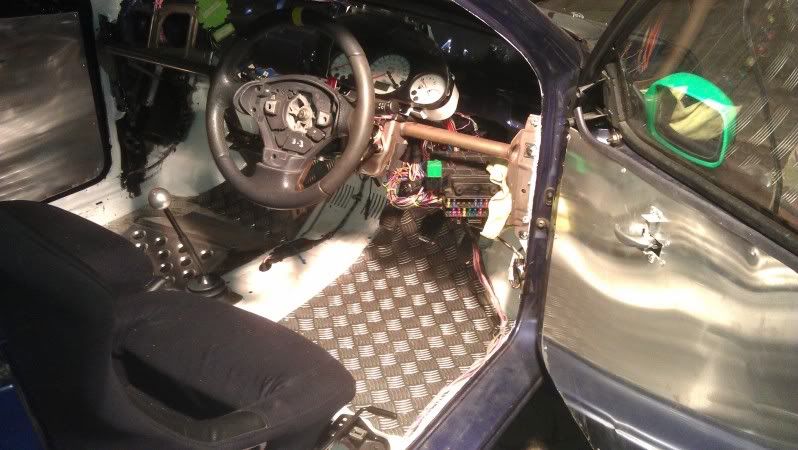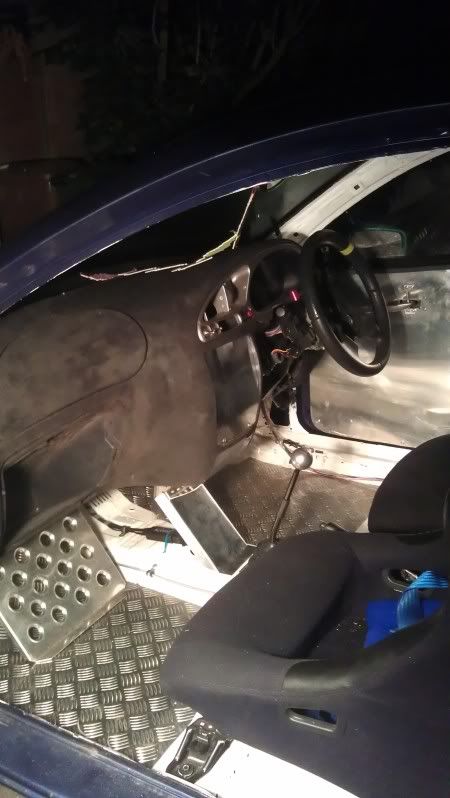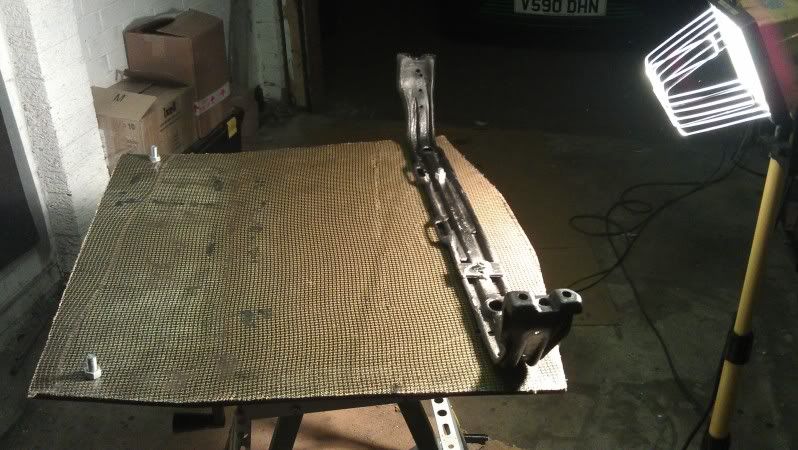Tonight we rewired the wideband with our new, good (as in it actually gets hot) soldering iron. After recalibration and some faffing with the TPS it idled smoothly at 14.7 AFR and sounded better on revs than ever before. We need to rewire and attach the TPS as we think there is some dodgy wiring which caused our exceptionally lean AFR readings previously.
Here are some pics of the wideband setup as requested.
The sensor wire coming through the floor (this needs a grommet still and a proper strap box to secure the LC-1) going in to the LC-1 unit.
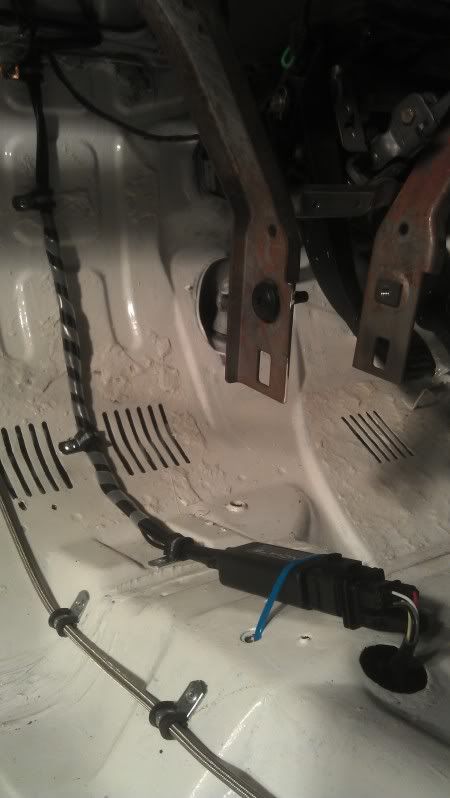
Where the LC-1 wiring taps in to the cars loom through our plate with grommets. As you can see the brake booster needs some serious painting which we will be doing shortly.
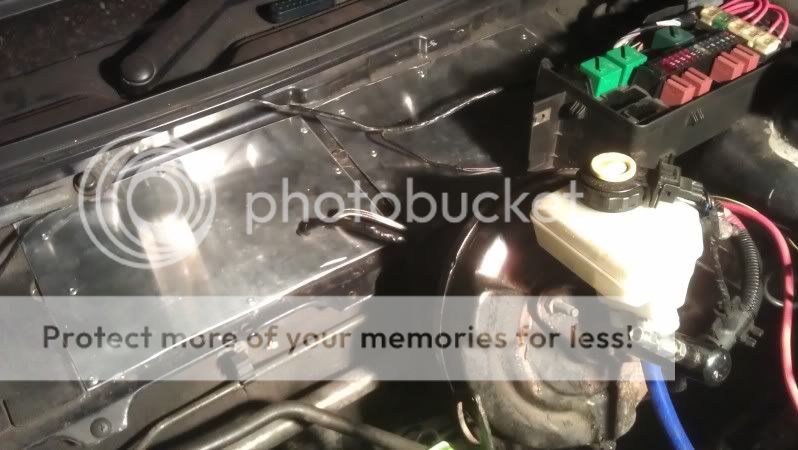
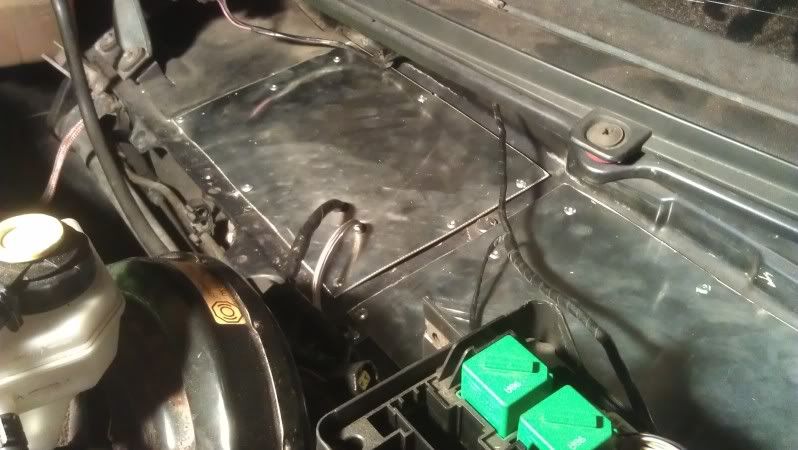
Here are some pics of the wideband setup as requested.
The sensor wire coming through the floor (this needs a grommet still and a proper strap box to secure the LC-1) going in to the LC-1 unit.

Where the LC-1 wiring taps in to the cars loom through our plate with grommets. As you can see the brake booster needs some serious painting which we will be doing shortly.



